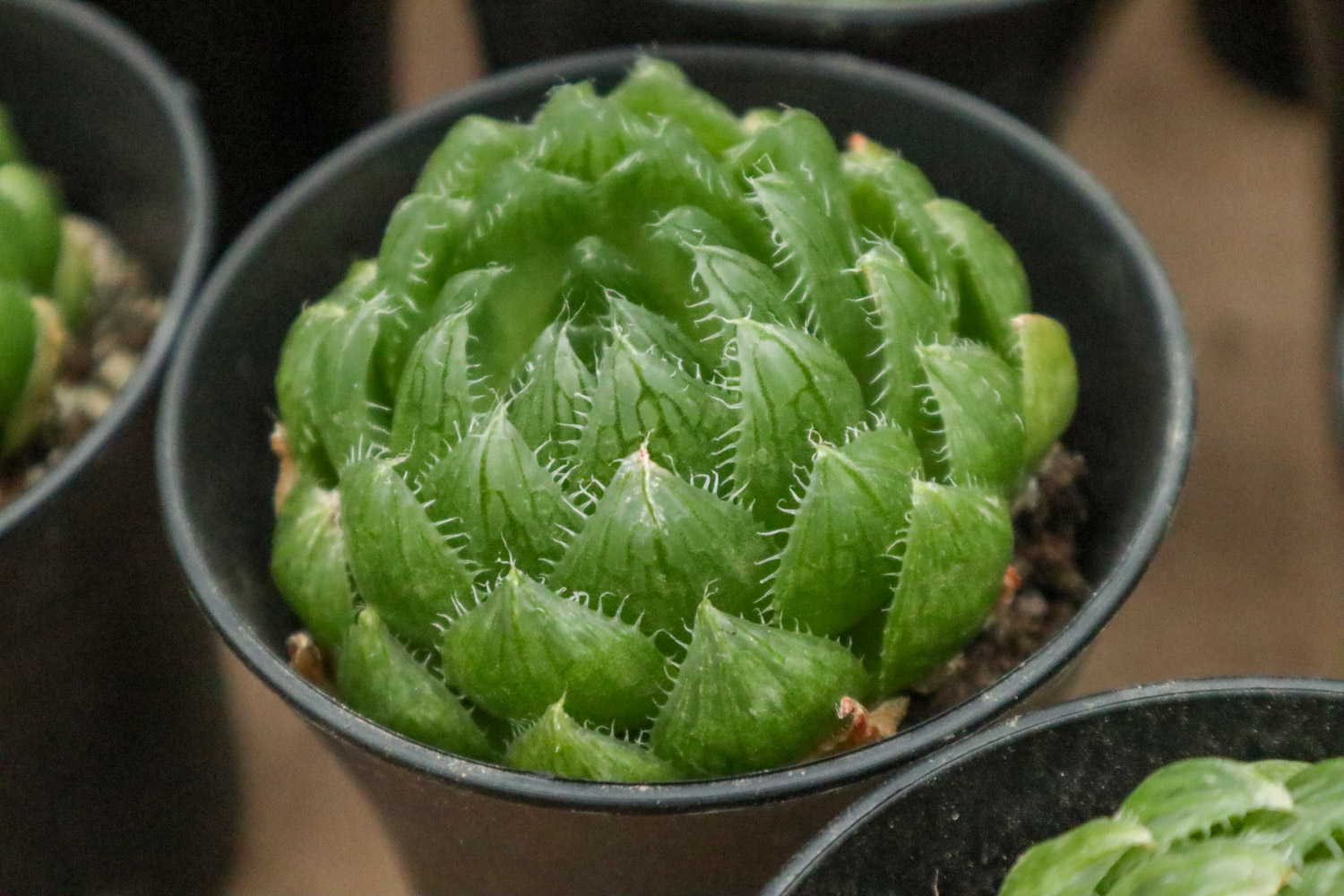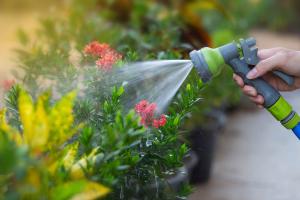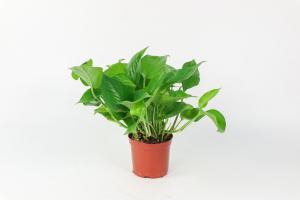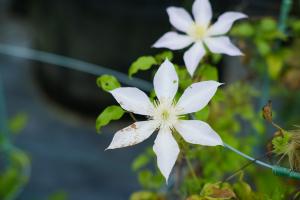1、 Curing method
1. Light: Yulu Ruby needs enough light to grow normally. Growing in a cool environment will lead to its thin leaves and loose plants. However, if the light is too strong, the leaves will also be burned, spotted and so on. You can put it in the semi shade to make the leaves thicker and more transparent
2. Soil: Jade dew ruby has high requirements for soil drainage. The soil is too sticky or hardened, which will make the water unable to be absorbed. Vermiculite can be mixed with rotten leaf soil. The proportion of vermiculite is higher, which is more conducive to its growth

3. Watering: as a succulent plant, Yulu ruby has low demand for water. If too much watering produces ponding, it is easy to cause root rot. Although long-term drought will make it grow poorly, it can still survive. If the watering time is not well controlled, wait until the soil is dry before watering, but pay attention to maintaining air humidity at ordinary times
4. Fertilization: Yulu ruby is sensitive to fertilizer, and self-made fertilizer is easy to burn roots. It is generally recommended to use a little slow-release fertilizer, which can be added as a base fertilizer during soil change to provide nutrients for it for a long time

2、 Reproductive skills
1. Cutting: cutting is a common breeding method of Yulu ruby. Choose plump leaves and put them in the shade. When the wound is dry, it can be planted in the sand. When it takes root and sprouts, it can be transplanted
2. Sowing: after artificial pollination at flowering, Yulu Ruby will bear seeds. After the seeds are collected, they are sown into the basin soil, covered with glass, and the seedlings emerge in about 20 days. Then remove the glass sheet, strengthen ventilation and keep the basin soil moist

3、 Pest control
1. Insect pests: scale insects are common. It needs to be removed or sprayed with Omethoate solution
2. And root rot. It is necessary to open windows for ventilation, remove diseased leaves, and then spray carbendazim for treatment

 jackfruit
jackfruit snake plant
snake plant hibiscus
hibiscus hydrangea
hydrangea lavender
lavender Green roses climb al...
Green roses climb al... If you don't pay att...
If you don't pay att... Management of four g...
Management of four g...



































